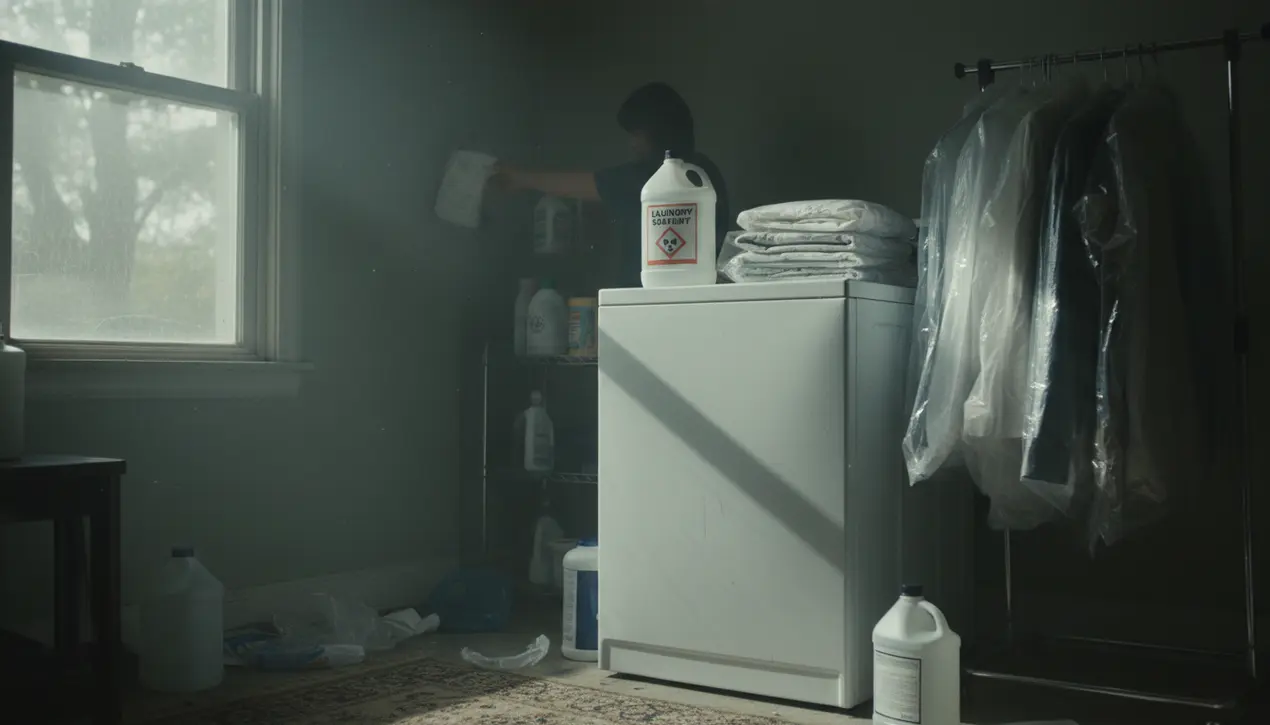
SciencemedicinePublic Health
Common Household Chemical Triples Risk of Liver Scarring, New Research Shows
RA
Rachel Adams
5 hours ago7 min read1 comments
A new study has identified a widespread household chemical as a significant and independent risk factor for serious liver disease. The research reveals that exposure to tetrachloroethylene (PCE), commonly found in dry-cleaning fluids and various consumer products, can triple a person's likelihood of developing liver fibrosis—a scarring of the liver tissue that can progress to cirrhosis and organ failure.Crucially, this elevated risk was observed independently of other known drivers like alcohol use or obesity, positioning PCE as a primary, stand-alone threat to liver health. The danger lies in the chemical's ubiquity; it can off-gas into indoor air, contaminate groundwater, and is present in many homes through products like certain adhesives, paint strippers, and spot removers.This creates a scenario of chronic, low-level exposure for countless individuals. The findings serve as a critical warning about the potential health impacts of common environmental contaminants and highlight an urgent need for updated safety regulations, more rigorous product testing, and greater public awareness. Protecting liver health requires a proactive approach to identifying and mitigating exposure to such hidden household toxins.
#featured
#tetrachloroethylene
#liver disease
#chemical exposure
#dry cleaning
#household toxins
#environmental health
#public health risk
Stay Informed. Act Smarter.
Get weekly highlights, major headlines, and expert insights — then put your knowledge to work in our live prediction markets.
Related News
Comments
Loading comments...
© 2025 Outpoll Service LTD. All rights reserved.








